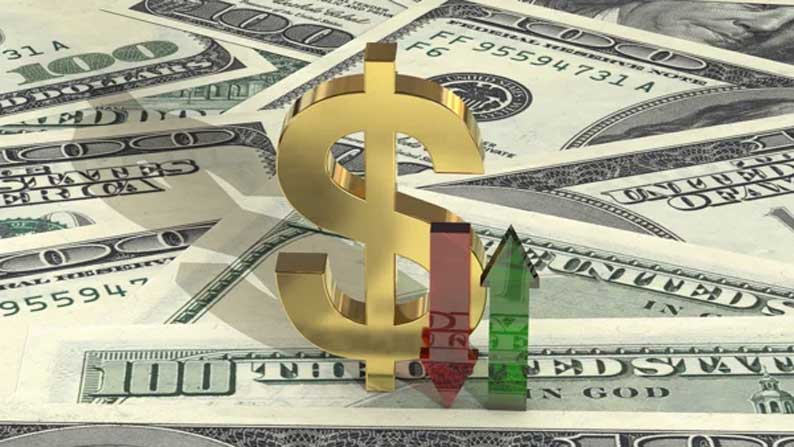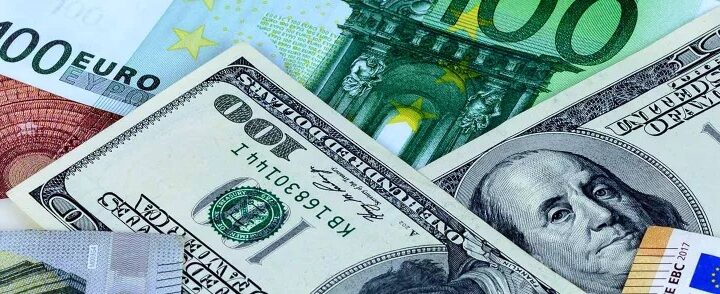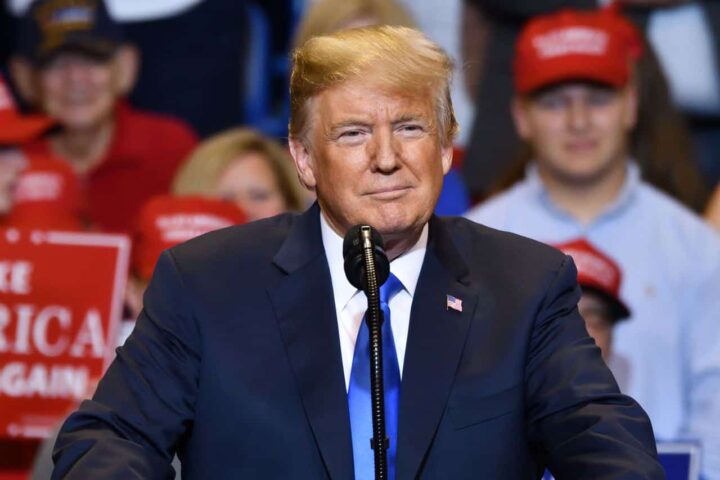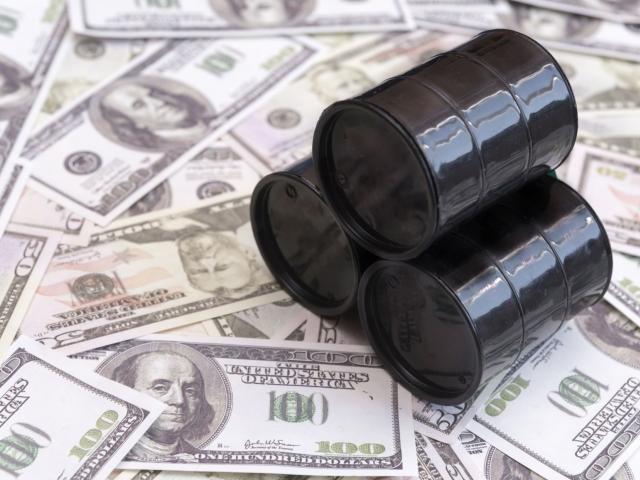The EURUSD currency pair posted a fresh four-month high to near 1.0920 on Tuesday as the Dollar underperforms its peers amid escalating fears of an economic slowdown in the US. The DXY Dollar Index, which tracks the greenback’s value against six major currencies, refreshed its four-month low near 103.30.
Investors have dumped the dollar lately amid caution that the US economy could face economic shocks in the near term due to President Donald Trump’s “America First” policies.
Market participants had been expecting Trump’s policies to be inflationary and pro-growth in the long term, but now see severe economic turbulence in the near term, assuming that US employers will bear the pressure of higher tariffs.
Business owners are unlikely to bear the wholesome tariff burden and will pass on the impact to end consumers. Such a scenario would result in a sharp decline in the overall demand as higher prices would diminish the purchasing power of consumers.
Deepening fears of a Trump tariff-led slowdown have also led to an increase in market expectations that the Federal Reserve will reduce interest rates in the May policy meeting.
The likelihood for the Fed to cut interest rates in May has increased to 51% from 37% a day ago, according to the CME FedWatch tool.
For more cues on the Fed’s monetary policy outlook, investors will focus on the US Consumer Price Index (CPI) data for February, to be released on Wednesday. The inflation data is expected to decelerate but remain above the Fed’s target of 2%.
On Friday, Fed Chair Jerome Powell said in an economic forum at the University of Chicago Booth School that the Fed policy is not on a “preset course,” and we can maintain “policy restraint for longer if inflation progress stalls”.
In Tuesday’s session, investors will pay close attention to the US JOLTS Job Openings data for January. Economists expect US employers to have posted 7.75 mln new jobs, marginally higher than the 7.6 mln seen in December.
The strength in the EURUSD pair is also driven by euro’s outperformance against its peers, in hopes that the German Green Party would support clearing the defense spending deal, which will be discussed on Thursday.
Hopes for Greens to agree to stretch Germany’s borrowing limit accelerated after positive commentary from Franziska Brantner in an interview with Bloomberg on Tuesday.
“Of course we are ready to negotiate,” the Green party’s co-head said and added, “the situation is dire in Ukraine and we really need Europe to speed up its own defense spending.”
Earlier, Greens vowed to oppose restricting ‘debt reforms’.
On Monday, Branter said that their party will not likely allow the next Chancellor Friedrich Merz and Social Democratic Party’s (SDP) co-leader Lars Klingbeil to “abuse a difficult European security situation”.
The shared currency had been performing strongly for almost two weeks as an increase in Germany’s spending capability by widening “the debt brake” would stimulate the economy, which had been fractured and contracted in the last two years.
Additionally, German spending plans have also forced traders to reassess bets supporting the European Central Bank to cut interest rates twice more by summer.
The ECB has already cut its borrowing rates twice this year, and traders had fully priced in two more rate cuts amid firm confidence that the Eurozone inflation will sustainably return to the desired rate of 2% and fears of a slowdown due to potential US tariffs.
During European trading on Tuesday, ECB policymaker and Governor of Bank of Finland Olli Rehn said that that forecasts and indicators of core inflation suggest that “inflation will align with the 2% target”. Rehn warned that US tariffs could cut “global output by more than 0.5%” this year and the next.
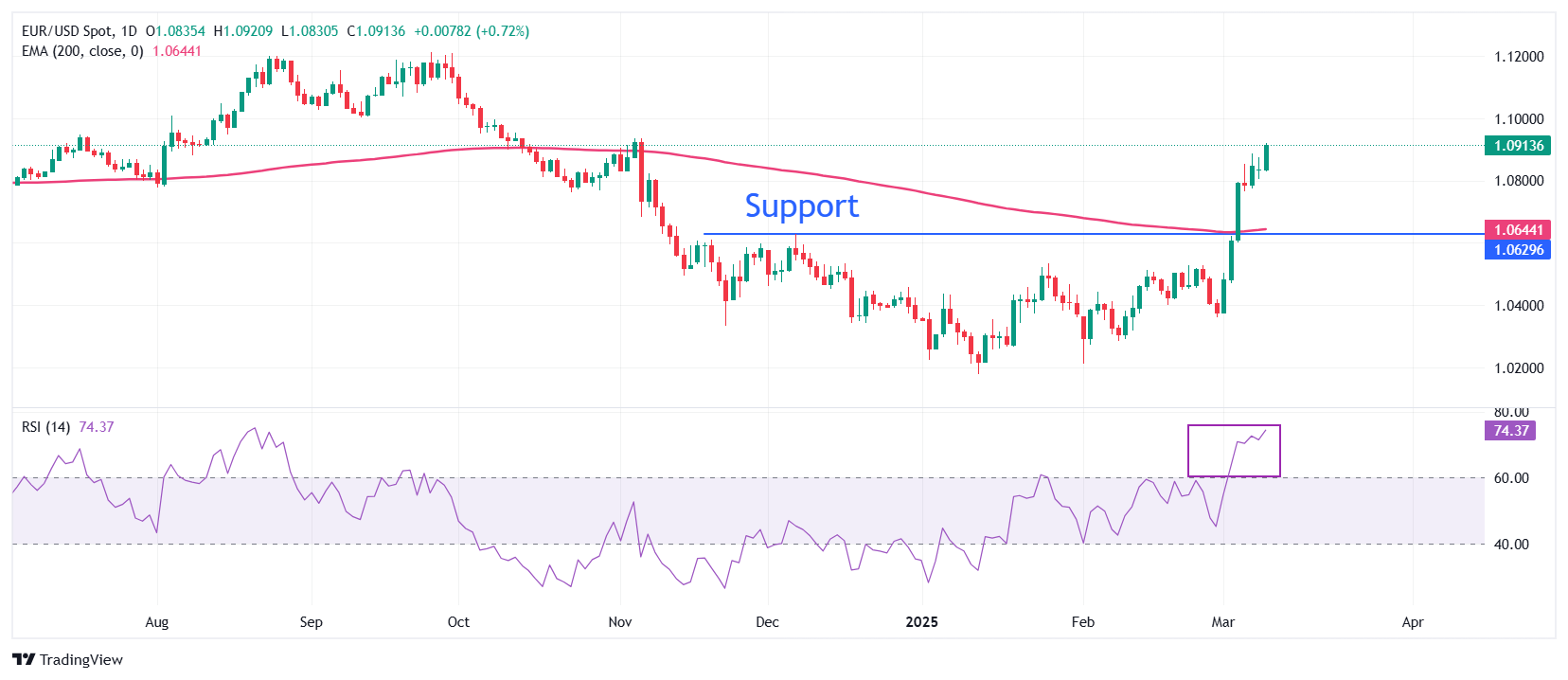
EURUSD chart by TradingView
(Source: OANDA)

